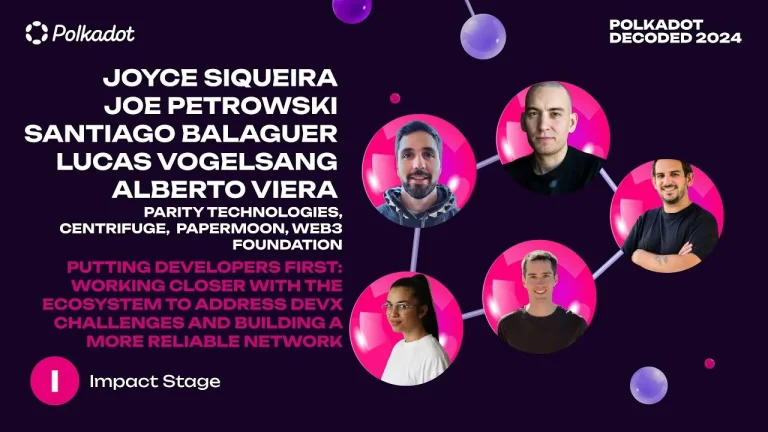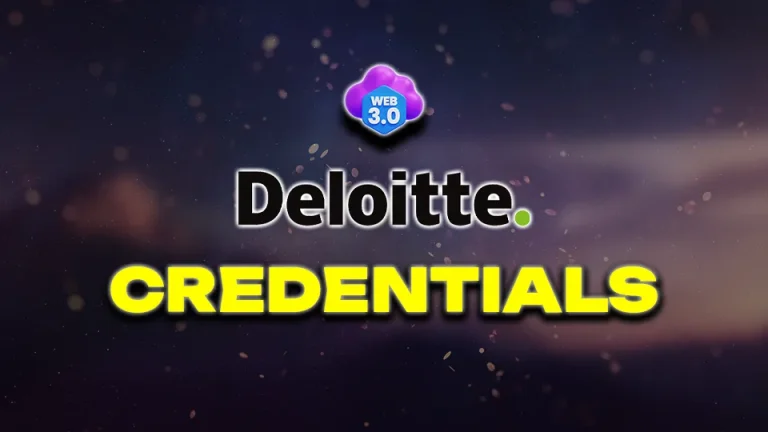Nico Arevalo from Velocity Labs recently presented a compelling talk at Sub0 2024 in Bangkok, covering the past, present, and future of decentralized finance (DeFi) on the Polkadot network. His presentation provided an in-depth look at the challenges and opportunities within the Polkadot ecosystem and the strategic initiatives of Velocity Labs to drive DeFi innovation forward.
The Genesis of Polkadot and Early DeFi Ventures
Polkadot’s journey began with its Genesis block in May 2020, followed by the first parachain crowdloans in November 2021. The initial excitement was palpable, with Polkadot being touted as a solution to the blockchain trilemma by offering decentralization, interoperability, and scalability without compromise. This promise attracted a wave of builders, capital, and interest.
Key early projects included:
- Acala: The first parachain, which aimed to provide DeFi infrastructure with customizable substrate layer primitives and an EVM+ environment for application development.
- Moonbeam: The second parachain that became the entry point for users and liquidity, leveraging EVM compatibility and numerous bridges.
- Interlay: Focused on decentralized bridging to bring Bitcoin into the Polkadot ecosystem through InterBTC.
- Hydration: An app chain showcasing substrate’s customization capabilities.
- Centrifuge: Pioneers in real-world assets (RWA), transitioning from Ethereum to a substrate solo chain and eventually a parachain.
The Challenges: A False Start
Despite the initial hype, Polkadot’s DeFi journey faced significant setbacks. The ecosystem encountered several major issues:
- Nomad Hack: This early bridge suffered a smart contract bug, draining funds and shaking confidence.
- Acala USD Depeg: Human error led to the depegging of Acala’s stablecoin, causing rippling effects.
- Market Conditions: The broader crypto market downturn, including the Terra collapse and FTX fallout, further impacted Polkadot’s DeFi traction.
Present Day: Identifying and Overcoming Pain Points
Nico highlighted the current pain points in Polkadot’s DeFi ecosystem:
- High Entry Barriers: Both developers and users face complexities in navigating Polkadot’s ecosystem.
- Lack of Tooling: Insufficient development tools hinder the abstraction of underlying complexities.
- Gaps in Basic Infrastructure: Missing elements like bridges, CEX support, onramps, oracles, and indexers create a chicken-and-egg problem, stalling ecosystem growth.
- No Killer App: Despite promising projects, no single application has emerged as a must-use product within the ecosystem.
Future Prospects: Ecosystem Tailwinds and Velocity Labs’ Role
Despite the challenges, there are strong tailwinds favoring Polkadot’s future:
- Robust Architecture: Polkadot’s infrastructure supports scalable and resilient applications, validated during market stress tests.
- Validation of Design Principles: Shared security, interoperability, and customization are becoming industry standards.
- Flexibility: Polkadot’s architecture allows for future-proof development without frequent hard forks.
- Active Developer Community: A talented global community remains committed to building on Polkadot.
Velocity Labs aims to address these issues through three strategic focuses:
- Interoperability: Enhancing cross-chain use cases and ecosystem standardization to reduce fragmentation.
- Accessibility: Improving the ease of bringing users and liquidity into Polkadot through better relationships with CEXs, stablecoin issuers, custodians, and more.
- Product Development: Supporting the launch of new products to showcase Polkadot’s unique capabilities and drive DeFi innovation.
Conclusion
Nico Arevalo’s presentation at Sub0 2024 emphasized the transformative potential of Polkadot in the DeFi landscape. By addressing current pain points and leveraging its inherent architectural advantages, Polkadot is poised to become a powerhouse for DeFi innovation. Velocity Labs’ strategic initiatives are set to play a crucial role in this evolution, ensuring a bright future for DeFi on Polkadot.








